I am an artist a dreamer a wanderer and explorer. The aesthetic is sometimes described as one of appreciating beauty that is imperfect impermanent and incomplete in nature.
A good example of this is the sand garden of Ginkakuji temple in Kyoto that was constructed by the great landscape artist Soami in the early 1500s with only sand and small rocks.

. I stay away from cities as much as possible and instead enjoy the. For more spellbinding pictures inspired by. Ad Browse Discover Thousands of Arts Photography Book Titles for Less.
Wabi-sabi is based on the idea of transience as a recognition of the temporary and ever changing nature of all things. In doing so and oftentimes in ways that are unbeknownst to the photographer it is influencing how many of us both view and make images. May 14 2018 - Explore kay smiths board wabi sabi followed by 641 people on Pinterest.
Posted on August 3 2017 by Wabi Sabi Photography Standard. For example look at the following two views of the famed stone garden at Ryoanji in Kyoto. The first frame feels wabi-sabithe old wall the lichen and growth and fading and the brambles and branches above the wall.
Its also derived from Buddhist teachings most specifically impermanence known in Japanese as 無常 mujo. See more ideas about wabi sabi sabi wabi sabi style. It can be particularly applicable in art and decor and is commonplace throughout Japan.
Tell us about yourself. Sep 16 2015 - Explore Kathy Schilmoellers board wabi sabi followed by 308 people on Pinterest. These are things that the photographer has no control of which is a defining attribute of Wabi Sabi.
The Japanese have a beautiful way with words. I have traveled many miles in pursuit of the images shown here images that I believe define the concept of wabi sabi in some way. Next week Ill delve into the qualities of wabi-sabi in greater detail using my own examples.
You can also lump in those unrestored 1960s Porsche 911s with sunburnt paint and scratched bumpers and faded chrome. The Parthenon temple one of the best examples of classic harmony order and beauty according to the classical Greek values today shows us a very different image. The metal can be warped and rough.
Turned into ruins it is today a sculpture that represents the concept of wabi-sabi itself made even more refined and beautiful by the passage of time. Wabi-sabi is the focus on the qualities and acceptance of transience and imperfections. They seem to have a word for everything a very distinct way of identification that goes beyond the simple context giving way to a deeper meaning.
Ive written about this topic before in an article from a series on urban decay Urban Decay part 2 Wabi-Sabi and Wood. I have found my home in the middle of Jutland Denmark in the country-side where I live with my pack - consisting of a very supportive boyfriend and our two dogs. Wabi-sabi 侘 寂 In traditional Japanese aesthetics wabi-sabi 侘寂 is a world view centered on the acceptance of transience and imperfection.
One of the best examples of the wabi sabi aesthetic is in the tools used in the Japanese tea ceremony which are often imperfect mismatched cups and utensils. The most often cited examples are a cracked piece of pottery or a tea cup stained by years of use. The words have their own spiritual embodiment.
Produces film youth programs theaterstage productions video projects. While I shoot a variety of. As mentioned it now emerges within all forms of art and design including photography.
I feel that the key is to look beyond the conventionally photographed aspects of nature such as trees or flowers in their prime examples of picturesque water and green grass but instead find areas of the natural environment that reflects the rustic authenticity of the Wabi Sabi theme seeing something conventionally viewed as dead or forgotten as a source of beauty. Wabi sabi productions is a not for profit production company located in the Bronx New York. My Flickr set on Wabi-Sabi.
Wabi-Sabi as an aesthetic has spread its influence far beyond the humble Tea Ceremony or Japanese pottery. The title of this site Wabi Sabi Images is my driving influence literally and figuratively. Wabi-sabi in photography can be split into 3 main types - photography of the overlooked beauty photography of worn and weathered beauty and adding imperfections to staged images to make them seem more real.
Looking at wabi-sabi purely as an aesthetic principle may make the concept more accessible and comprehensible. Old tintypes for example often show unintentional stains and light leaks. The concept can be loosely linked to other ceramic movements such as kintsugi 金継 the art of repairing broken ceramics with a paste-like mixture of gold and lacquer.
Isabel Curdes - Interview. The second with a sharp angle taken on the stones does not feel wabi-sabi. As an aesthetic concept wabi-sabi can be thought of as beauty found in physical imperfection.
Wabi-sabi photography then can be said to be noticing and capturing this beauty for others to see. The patina that comes with age and use. Link to Part 2.
See more ideas about wabi sabi sabi wabi sabi inspiration. Thanks to The Improvised Life for recommending this book. Some of photographys traditional processes can have some Wabi Sabi characteristics.
Wabi-sabi is often mentioned as a Japanese aesthetic concept but the notion can extend beyond the nature and appreciation of beauty.

Wabi Sabi Of Photography And Why I Stopped Chasing Perfection
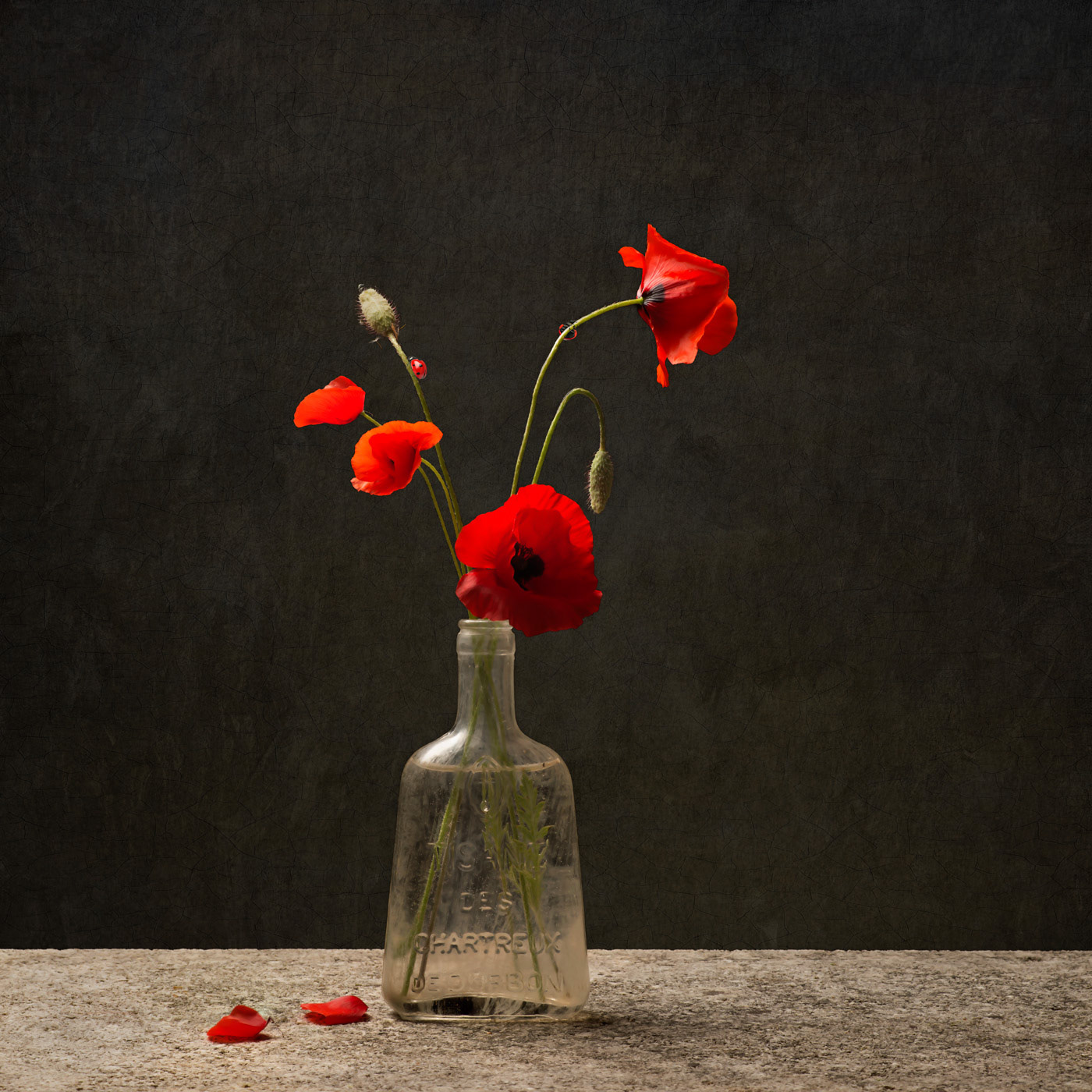
Tineke Stoffels Fine Art Photography Wabi Sabi
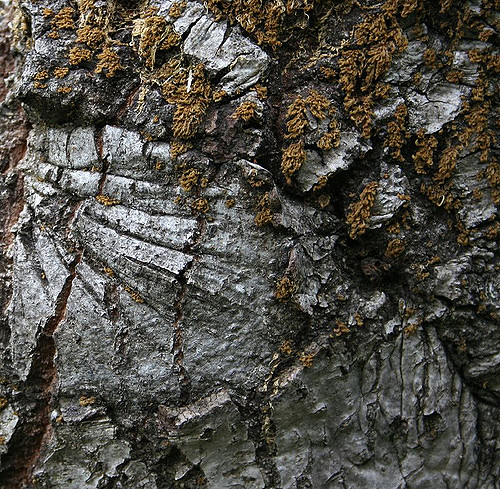
Wabi Sabi Photography The Art Of The Imperfect Discover Digital Photography
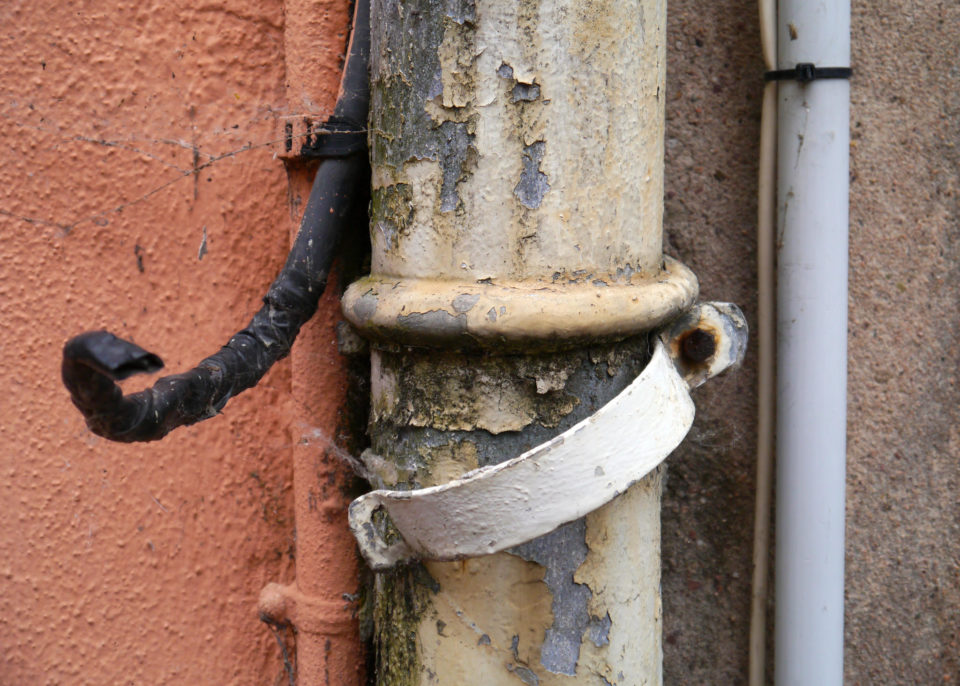
Kim Manley Ort Books Wabi Sabi For Photographers
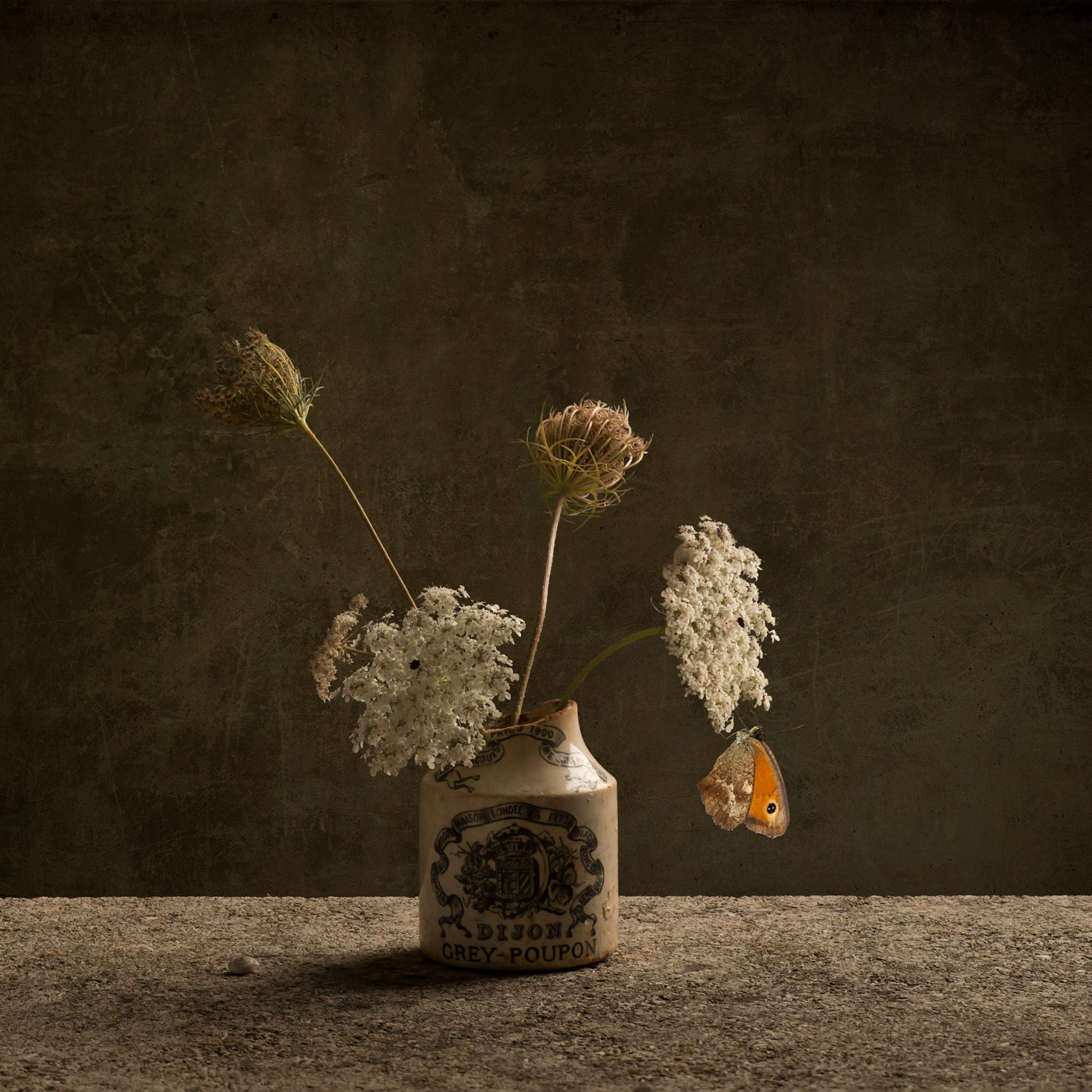
Tineke Stoffels Fine Art Photography Wabi Sabi
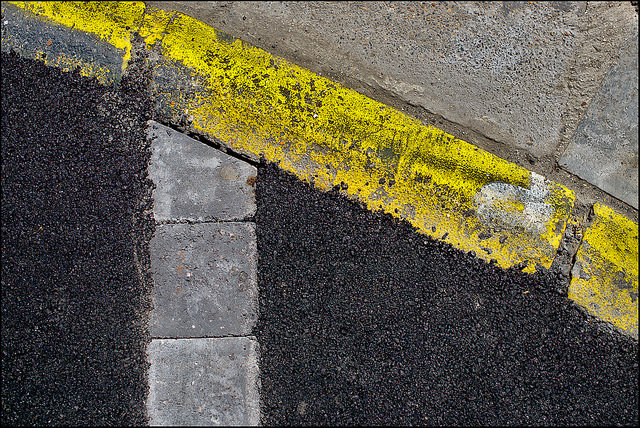
Wabi Sabi Photography The Art Of The Imperfect Discover Digital Photography
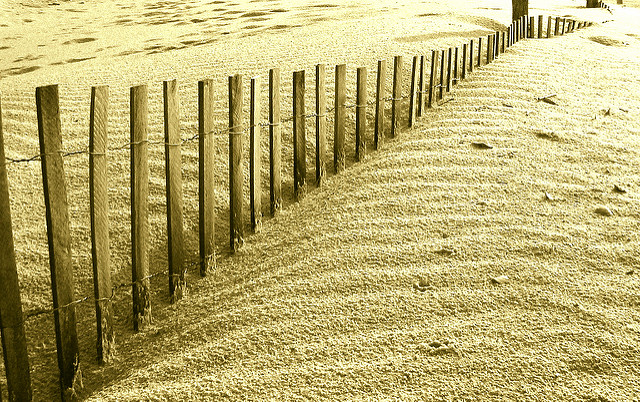
Wabi Sabi Photography The Art Of The Imperfect Discover Digital Photography
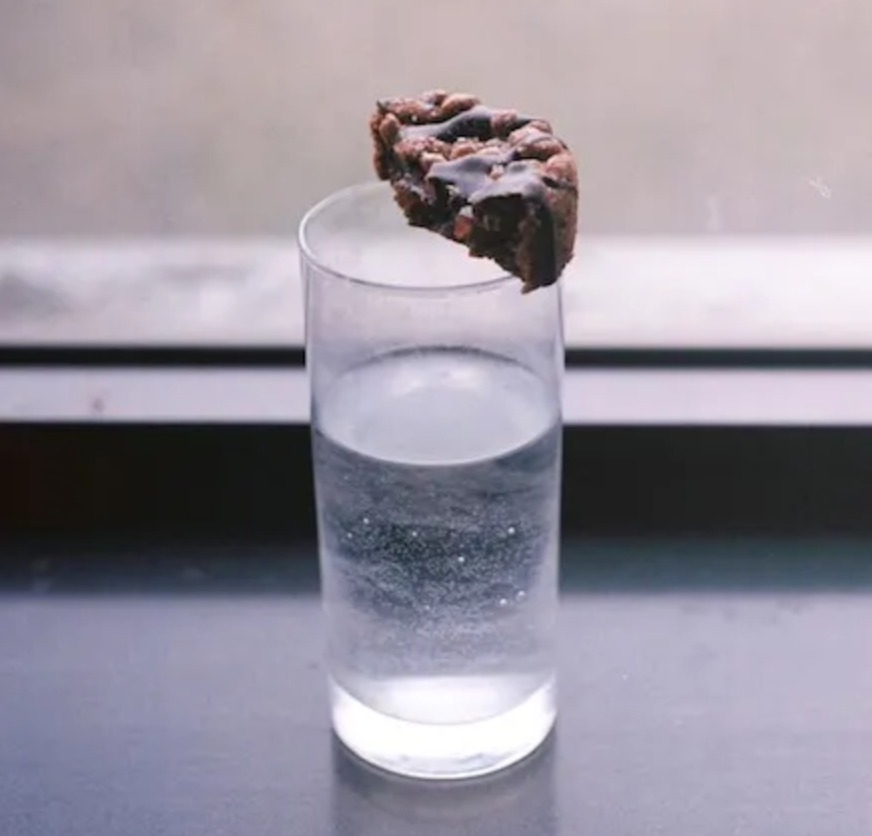

0 comments
Post a Comment